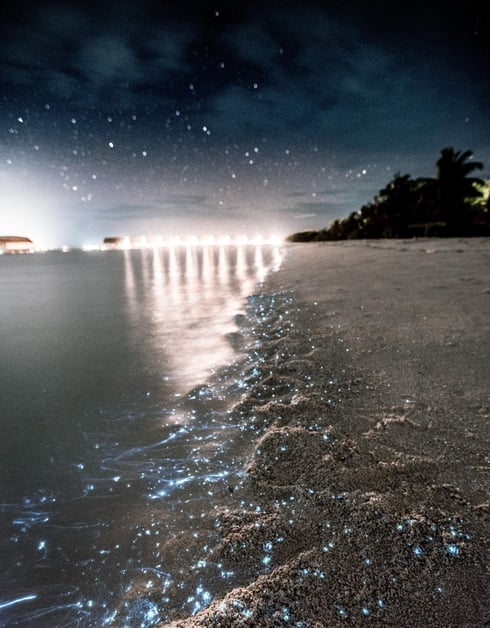
It hardly bears saying that we humans tend to act without considering the consequences, but this is truer than ever in the case of bioaccumulation. Here’s why we should all be freaked out by this concept.
What do a tiny piece of phytoplankton and an orca whale have in common?
They’re both riddled with toxins, byproducts of human activity that these organisms have no choice about and can’t do anything to prevent.
It’s depressing. We’re depressed right now.
Because bioaccumulation is no joke. It’s the idea that chemicals concentrate in animals as they eat food or are exposed to substances containing them. The same is true for plants.
The true kicker, though, is that plants and animals take chemicals in faster than they can get rid of them through normal metabolic processes.
And that really sucks.
Why Does Bioaccumulation Matter?
 Bioaccumulation is a bummer of every organism, for obvious reasons. Any time you’re taking more chemicals into your body than you can get rid of, things can’t end well.
Bioaccumulation is a bummer of every organism, for obvious reasons. Any time you’re taking more chemicals into your body than you can get rid of, things can’t end well.
But the situation becomes truly [redacted] when you shift your gaze up the food chain.
Enter biomagnification, the concept that when larger animals eat smaller organisms, they take in all the toxins contained in that animal. These concentrate much more quickly in predators, which eat many animals to stay alive.
By the time you get to the killer whale pictured in the link above, things are bad – and that goes for any apex predator. Wolves. Bears. Cats. Birds of Prey.
... Humans.
Told you it mattered to us as well. So what are we going to do about it?
Ecogardens humbly suggests you take steps to help the environment today. We invite you to get in touch with us now!

